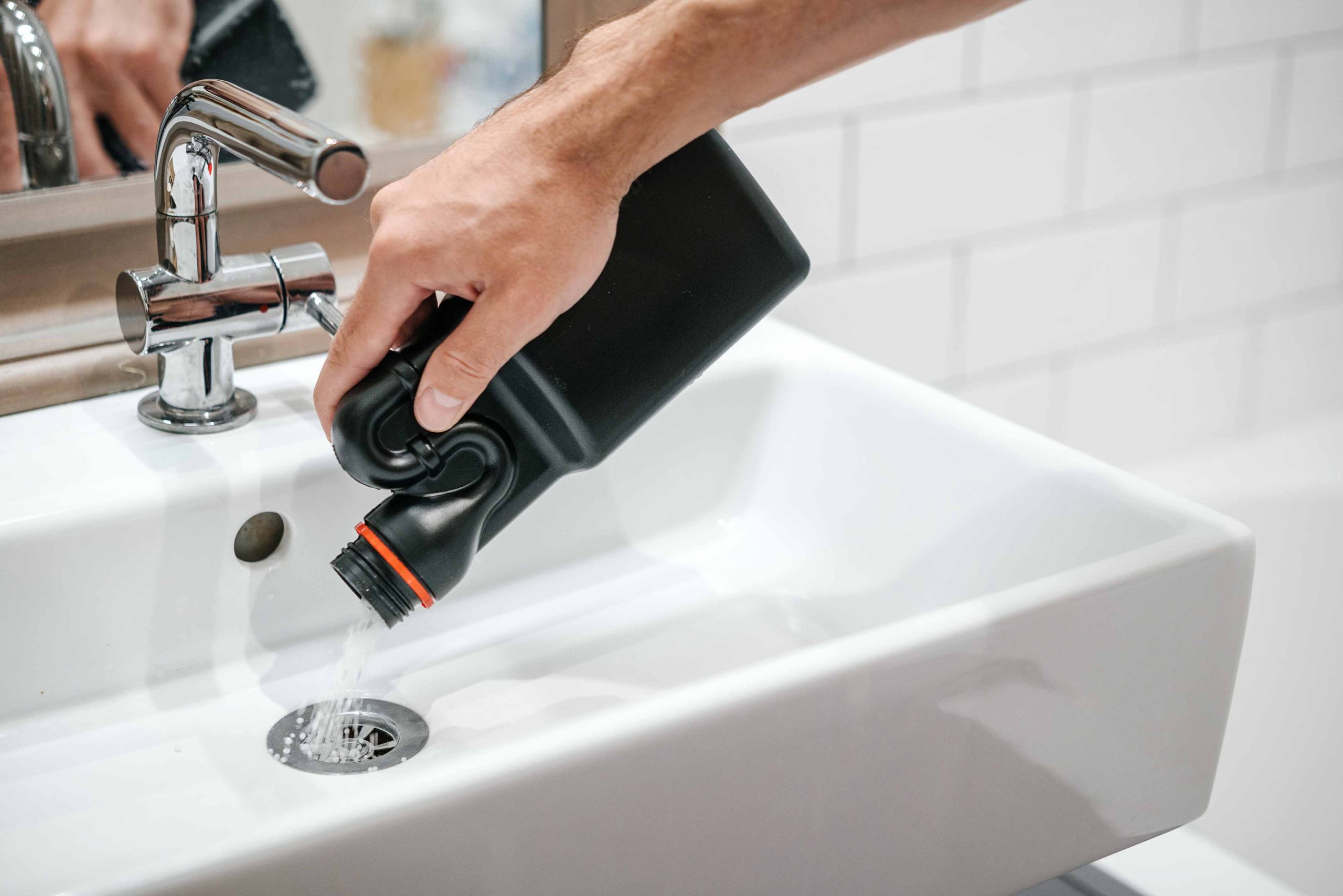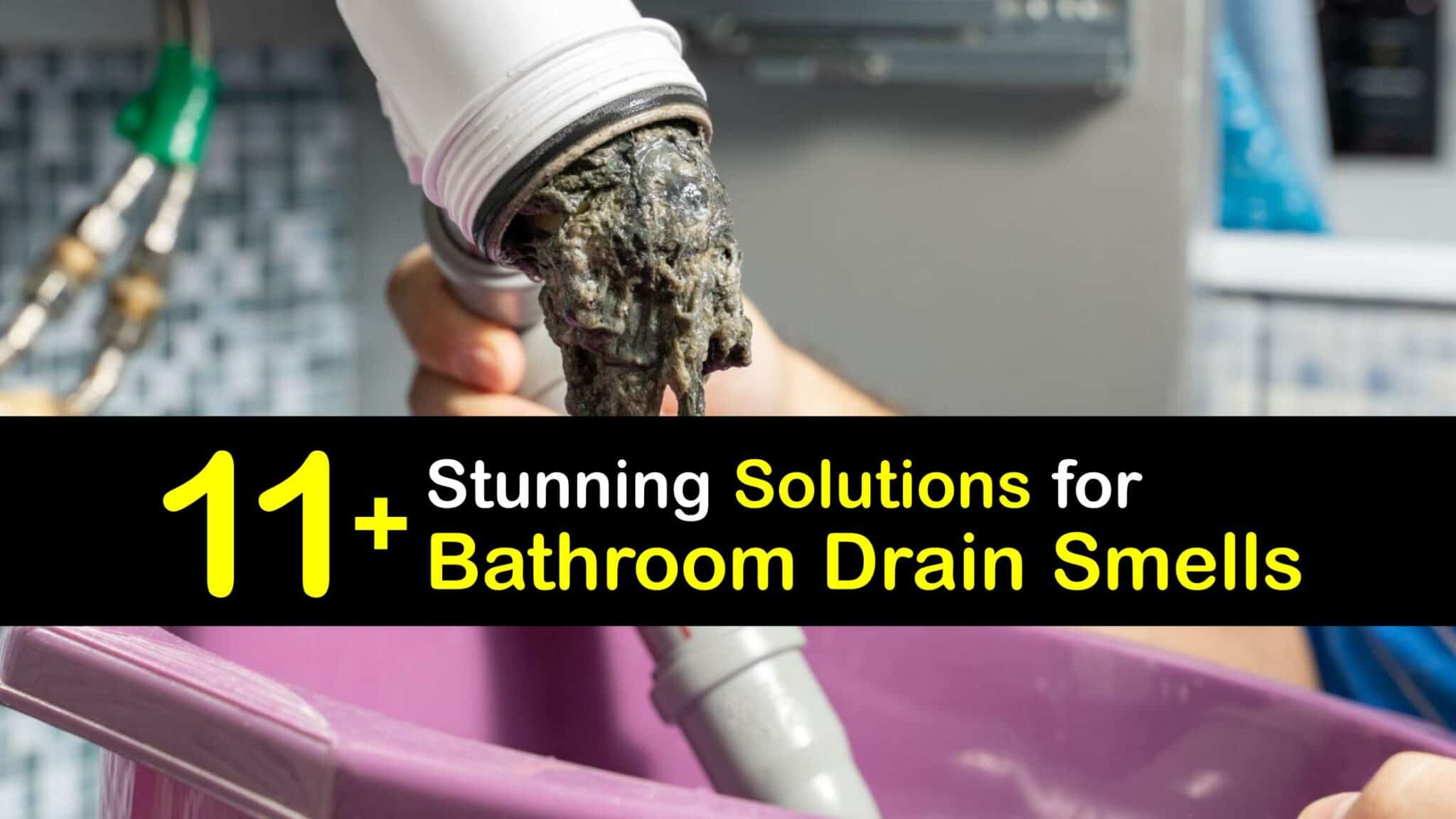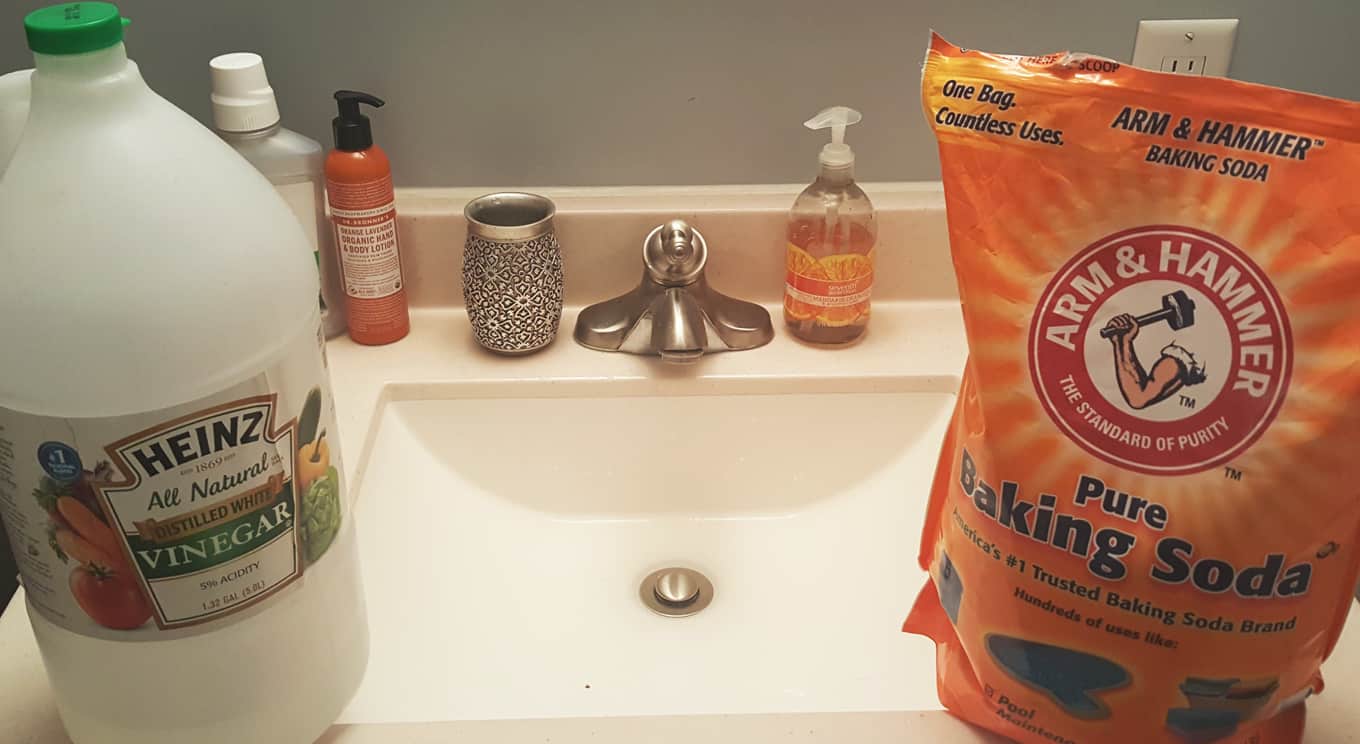Remedies for Smelly Bathroom Sink Drains

Smelly bathroom sink drain remedy – A smelly bathroom sink drain is a common problem that can be caused by a variety of factors, including hair, soap scum, and food particles. If left untreated, a smelly drain can lead to bacteria growth and other health problems. Fortunately, there are a number of simple and effective remedies that you can use to unclog and deodorize your bathroom sink drain.
If you’re dealing with a smelly bathroom sink drain, there are a few things you can do to try and fix it. One option is to pour a cup of baking soda down the drain, followed by a cup of vinegar.
Let it sit for a few minutes, then flush with hot water. If that doesn’t work, you may need to call a plumber. Another option is to install a small wall mount bathroom sink. These sinks are designed to be easy to clean and maintain, and they can help to prevent the buildup of bacteria and mold that can cause odors.
Causes of Smelly Bathroom Sink Drains
There are a number of factors that can contribute to a smelly bathroom sink drain, including:
- Hair: Hair is one of the most common causes of smelly bathroom sink drains. When hair gets caught in the drain, it can trap other debris and create a clog. This can lead to bacteria growth and a foul odor.
- Soap scum: Soap scum is another common cause of smelly bathroom sink drains. Soap scum is a film that builds up on the inside of the drainpipe. This film can trap bacteria and other debris, which can lead to a foul odor.
- Food particles: Food particles can also contribute to a smelly bathroom sink drain. When food particles get caught in the drain, they can decompose and create a foul odor.
- Bacteria: Bacteria is another common cause of smelly bathroom sink drains. Bacteria can grow in the drainpipe and create a biofilm. This biofilm can trap debris and create a foul odor.
Preventative Measures to Avoid Smelly Bathroom Sink Drains: Smelly Bathroom Sink Drain Remedy

Preventing smelly bathroom sink drains requires proactive measures to keep them clean and free of debris. Regular cleaning and maintenance are crucial, along with using appropriate drain cleaning products and tools.
Regular Cleaning and Maintenance
Establish a regular cleaning routine for your bathroom sink drains. Use a drain cleaner or baking soda and vinegar solution to remove buildup and prevent odors. Additionally, run hot water through the drains periodically to flush out any remaining debris.
Drain Cleaning Products and Tools
Choose drain cleaning products that are safe for your pipes and effective at removing clogs and odors. Enzyme-based cleaners are eco-friendly and break down organic matter, while chemical drain cleaners should be used sparingly due to their potential to damage pipes.
Invest in a drain snake or drain auger to manually remove clogs. These tools can effectively dislodge hair, soap scum, and other debris that can accumulate in drains over time.
Troubleshooting Persistent Smelly Bathroom Sink Drains

If the smelly bathroom sink drain persists despite regular cleaning, it may indicate a more significant underlying issue. Here’s a guide to troubleshooting the problem and identifying the potential causes.
First, check if the drain is clogged. Remove the drain stopper and inspect for hair, soap scum, or other debris. If a clog is present, use a drain snake or chemical drain cleaner to clear it. If the clog persists, you may need to call a professional plumber.
Blocked P-Trap
The P-trap is a U-shaped pipe under the sink that traps water to prevent sewer gases from entering the bathroom. Over time, hair, soap scum, and other debris can accumulate in the P-trap, causing a blockage and unpleasant odors. To clean the P-trap, remove the nuts that hold it in place and flush it with hot water. If the blockage is severe, you may need to replace the P-trap.
Damaged Drainpipe
A damaged drainpipe can allow sewer gases to escape into the bathroom, causing a persistent smell. Check the drainpipe for any cracks, holes, or loose connections. If you find any damage, call a plumber to repair or replace the drainpipe.
Dry P-Trap, Smelly bathroom sink drain remedy
If the P-trap is dry, it can no longer trap sewer gases. This can happen if the sink is not used frequently enough or if the water evaporates from the P-trap. To prevent a dry P-trap, run water through the sink regularly, even if you’re not using it.
When to Call a Professional Plumber
If you’ve tried the troubleshooting steps above and the smelly drain persists, it’s time to call a professional plumber. A plumber can diagnose the underlying issue and recommend the appropriate solution, whether it’s a simple repair or a more extensive replacement.
To combat the unpleasant odor emanating from your bathroom sink drain, consider employing a mixture of baking soda and vinegar. Pour baking soda down the drain, followed by vinegar. The resulting effervescence helps dissolve clogs and neutralize odors. For a more permanent solution, opt for a free standing bathroom sink with a built-in pop-up drain, which effectively prevents debris from accumulating and causing odors.